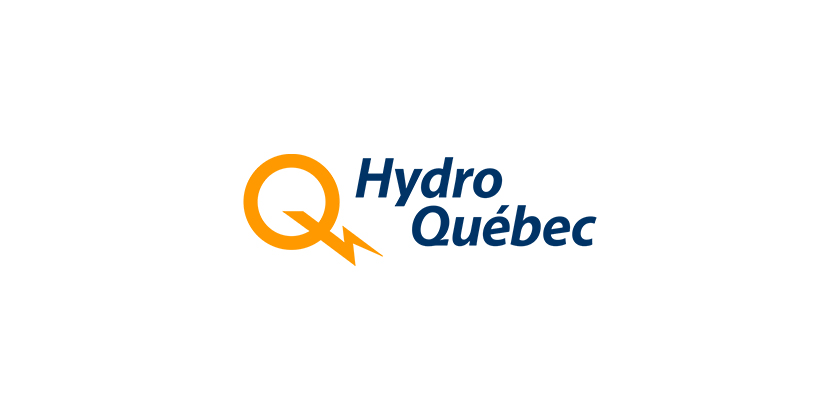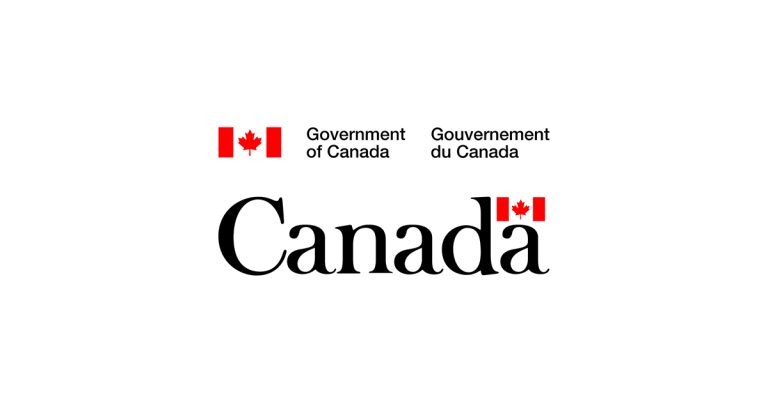Wind Development Strategy: Hydro-Québec will Play a Structuring Role in Partnership with First Nations and Municipalities

June 4, 2024
With the addition of 10,000 MW of new wind capacity by 2035, the wind sector is becoming a key element in the success of the energy transition. In order to meet this collective challenge, Hydro-Québec presents a wind power development strategy . As a public institution, Hydro-Québec will become the prime contractor in carrying out large-scale wind projects, which could reach beyond 1,000 MW, in partnership with First Nations and municipalities.
Following a broad consultation on the 2035 Action Plan , it is clear that First Nations and municipalities wish to participate directly in wind projects with a better planned and better coordinated development model.
Concretely, the development strategy therefore focuses on the following elements:
- Carrying out large-scale projects to quickly deploy 10,000 MW of new capacity and reduce costs thanks to economies of scale.
- The participation of municipalities and First Nations in projects, as partners from the start. As shareholders in the projects, they will also be able to derive recurring independent income that they can invest according to their priorities.
- Orderly planning of the entire energy system, particularly with the evolution of the electricity transmission network.
- The role of Hydro-Québec as shareholder and project manager in the overall planning and development of large-scale projects as well as in subsequent stages. In collaboration with its partners, Hydro-Québec could then use a competitive process to leverage the expertise of players in the wind energy sector.
“We have listened and concluded that by relying on our role as a public institution our strategy will make it possible to achieve, with our partners, the ambitious target of 10,000 MW,” declared Michael Sabia, president and director. general of Hydro-Québec. The fundamental objective of our approach is to ensure good coordination of public, private, union and community efforts, for the benefit of all of Quebec society. We believe that this strategy is the best way to develop the wind industry in a socially acceptable manner and at the best possible cost.”
Calls to market will remain the preferred approach for smaller-scale projects. Industry partners will participate in these projects, comparable to those carried out over the past 20 years, with an installed capacity of up to between 300 and 350 MW. Hydro-Québec will ensure upstream that the targeted environments will be favorable to hosting wind projects.






